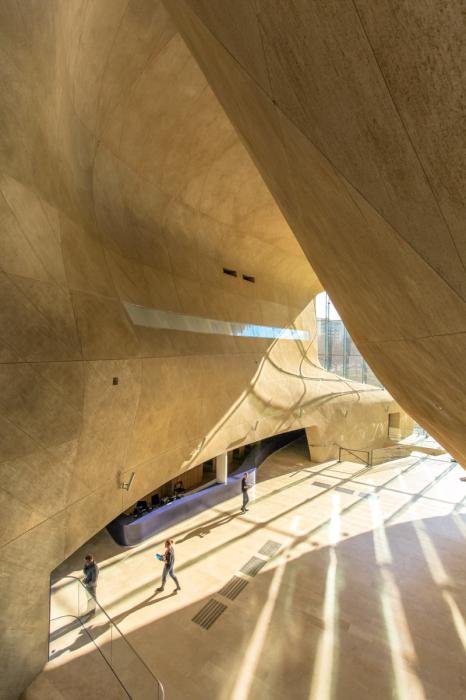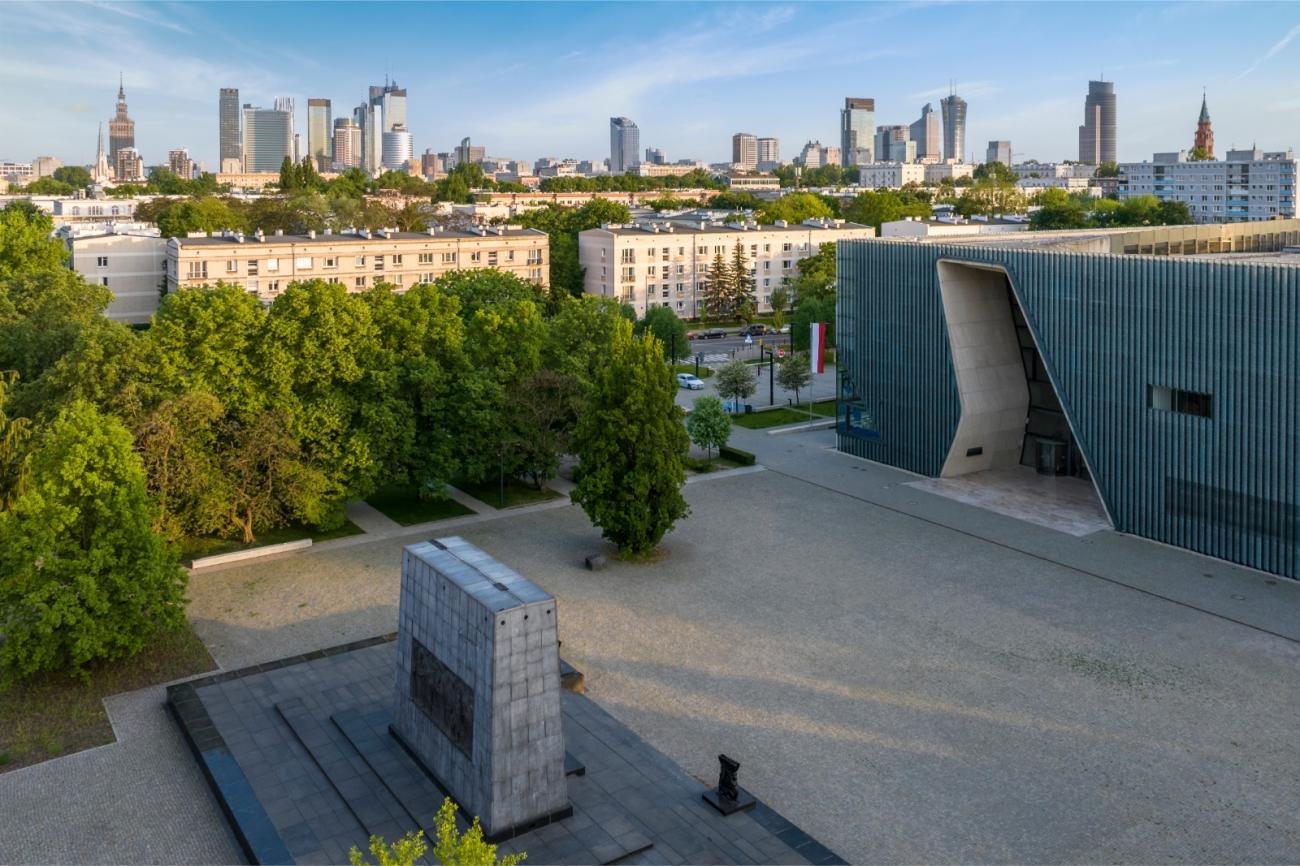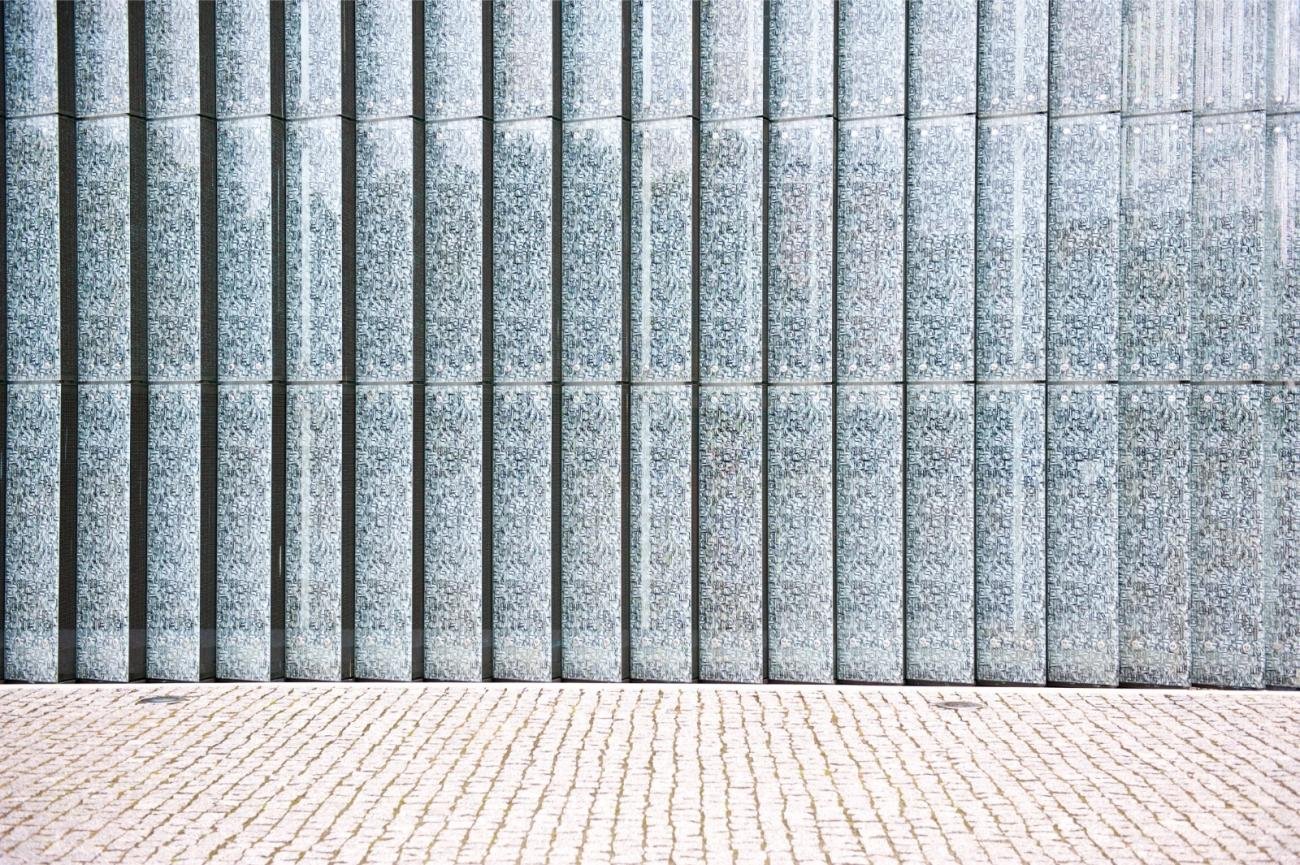POLIN Museum of the History of Polish Jews (Muzeum Historii Żydów Polskich POLIN)

- Mordechaja Anielewicza 6, Warszawa, 00-157, Mazowieckie
- +48 22 47 10 301
-
rezerwacje@polin.pl
- https://polin.pl/en
-
Report listing
POLIN Museum of the History of Polish Jews: A Journey Through 1000 Years of Resilience, Culture and Memory
In the heart of Warsaw, standing on the historic site of the former Warsaw Ghetto, rises one of Europe’s most celebrated cultural institutions: the POLIN Museum of the History of Polish Jews. More than a museum, it is a monumental exploration of a thousand years of Jewish life in Poland — a journey through triumphs, tragedies, coexistence, innovation, and the enduring spirit of a community that shaped the nation.
Opened in 2013, POLIN quickly became a global landmark. Its award-winning architecture, designed by Finnish studio Lahdelma & Mahlamäki, blends symbolism with striking modernity. The façade of copper-green glass panels reflects both fragility and permanence, while the spectacular entrance hall evokes a parted sea — a powerful nod to stories of survival and renewal woven deeply into Jewish history.
An Immersive Journey Through a Millennium
POLIN’s core exhibition is not a traditional collection of artifacts behind glass. Instead, it is a vibrant, immersive storytelling experience. Through multimedia installations, reconstructed interiors, interactive displays, soundscapes, and hundreds of historical objects, visitors travel from the Middle Ages to the present day.
Medieval Beginnings
The story begins with the first Jewish communities arriving in Polish lands, welcomed by rulers who valued their economic skills and international networks. The name Polin itself carries a legendary meaning: “Here you shall rest.”
A Golden Age of Coexistence
The museum reveals how, by the 16th and 17th centuries, Poland became home to the world’s largest Jewish population. Bustling market towns, lively synagogues, and vibrant cultural traditions flourished across the Polish–Lithuanian Commonwealth.
Modernisation, Diversity and Challenge
Moving into the 19th and early 20th centuries, the exhibition highlights groundbreaking Jewish contributions to philosophy, science, education, literature, and political thought. It also addresses the struggles faced under partitions, rising antisemitism, and social change.
The Holocaust: A Dark Chapter Presented with Dignity
POLIN’s Holocaust gallery is solemn yet deeply respectful. It guides visitors through the devastation of WWII, the Warsaw Ghetto, resistance movements, and the destruction of communities. Rather than overwhelming with graphic imagery, the museum focuses on personal stories — letters, photographs, testimonies — humanizing an unimaginable loss.
Postwar Rebirth and Contemporary Voices
The final galleries trace the revival of Jewish life after the war, the complexities of memory, and Poland’s growing interest in rediscovering its multicultural heritage.
Architecture with Meaning
Every detail of POLIN’s design reflects symbolism. The undulating entrance hall echoes both the parted Red Sea and the fractured history of Jews in Poland. Light filters softly through the glass façade, emphasizing transparency, hope, and continuity.
The museum’s location is equally significant: directly facing the iconic Ghetto Heroes Monument, to which world leaders, including Israeli President Yitzhak Rabin and U.S. President Barack Obama, have laid wreaths — linking memory with education.
More Than a Museum: A Cultural Center for Dialogue
POLIN is a dynamic hub for:
• international temporary exhibitions
• film screenings and cultural festivals
• concerts, lectures, and academic conferences
• workshops on tolerance, intercultural understanding, and civic engagement
Its mission extends far beyond remembering the past. It aims to build bridges, encourage dialogue, and explore what a multicultural society can be.
A Must-See in Warsaw
Whether you are a history lover, a culture enthusiast, or simply a curious traveler, POLIN offers a profound and illuminating experience. Visitors often spend several hours inside, captivated by the depth and beauty of the storytelling.
Located near Warsaw’s historic Muranów district, the museum is easy to reach and can be combined with visits to the Warsaw Uprising Museum, Old Town, or the nearby Ghetto Heroes Monument.
Why You Should Visit POLIN
✔ One of Europe’s most awarded museums
✔ Emotional, educational, and beautifully designed
✔ A powerful story told with dignity and innovation
✔ Essential for understanding Poland’s multicultural past and present
There are no reviews at the moment

























POLIN Museum of the History of Polish Jews (Muzeum Historii Żydów Polskich POLIN)
Attractions